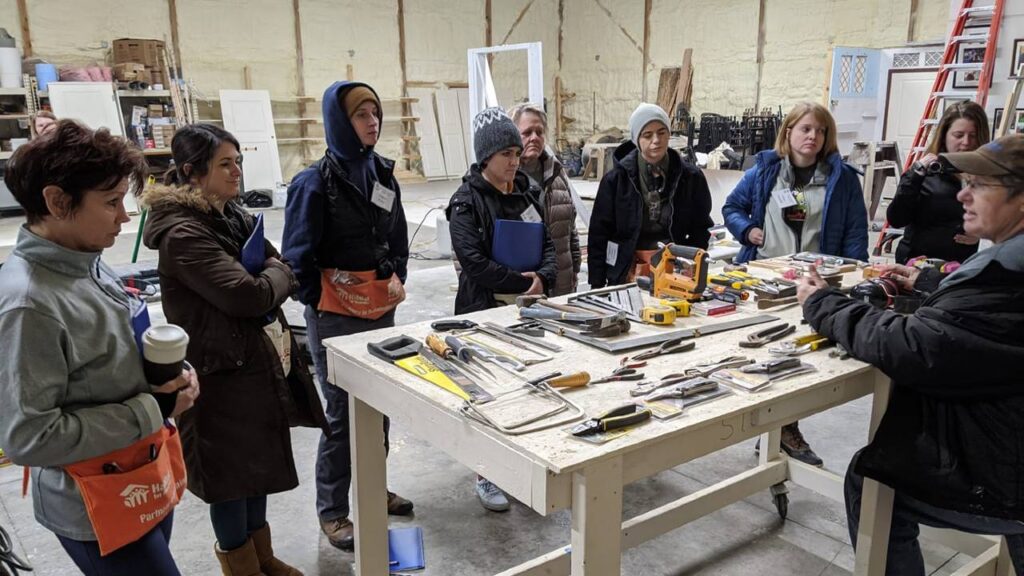Iowa City Highlander Hotel seeks bankruptcy protection
Annie Smith Barkalow

Participants in the Home Improvement Confidence Course for women learn about construction techniques during one session of the 12-week program in 2020 in Iowa City. CREDIT SANDY STEIL
As the COVID-19 pandemic has disproportionately disrupted female career paths, establishing mentoring relationships has become increasingly critical for women to succeed in a transformed work environment, experts say.

Get immediate, unlimited access to all subscriber content and much more.
Learn more in our subscriber FAQ.
Do you want to read and share this article without a paywall?
